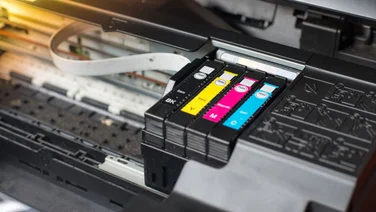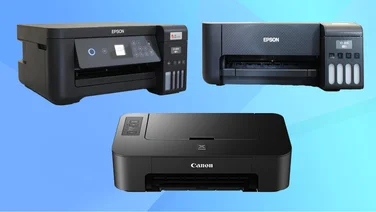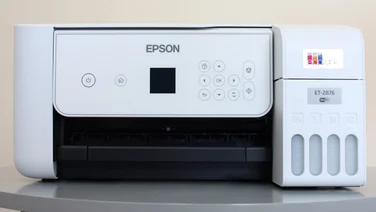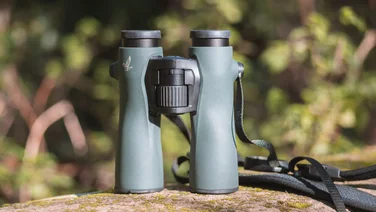To help us provide you with free impartial advice, we may earn a commission if you buy through links on our site. Learn more












If you’re considering spending the best part of £300 on a compact camera, the Sony HX60 is here to make sure you’re not missing out on features. Its 30x zoom and 20-megapixel sensor both match the current record for compact cameras. It records 1080p video at frame rates from 24 to 60fps for up to 30 minutes per clip. Wi-Fi with NFC is built in, and there’s an alternative model – the HX60V – that also includes GPS, although this is a little tricky to find for sale.

The HX60 also has three more features that we rarely see on compact cameras. There’s an accessory shoe that can accommodate a flashgun, microphone, electronic viewfinder, wireless flash trigger or video lamp. Around the front there’s a proper rubber-textured handgrip. This may be tiny compared to any SLR grip but it’s far easier to hold securely than almost any other compact camera we’ve used recently. Then there’s the dedicated exposure compensation dial. We find this simple control hugely beneficial, particularly on a compact camera where it’s tempting to leave all settings for the camera to decide automatically.
The HX60’s other controls are well taken care of. There’s a mode dial with priority and manual exposure, scene presets and panorama shooting. Pressing the Fn button reveals 12 customisable functions across the screen, which are navigated using the four-way pad on the back and adjusted using the rear wheel. In playback mode, the Fn button becomes a shortcut for sending photos to a smartphone or tablet. With dedicated buttons for drive mode, flash options and autofocus area, this is a camera for people who like to keep firmly in control.

The camera caters well for the point-and-shoot crowd, too, with Sony’s aptly named Intelligent Auto and Superior Auto modes taking tricky shooting conditions in their stride. There are also practical and creative tips available via the Help button.
In most other respects, the HX60 has much in common with the cheaper Sony WX350 and WX220. Performance of all three cameras is pretty much identical, capturing a photo every 1.2s in normal use or 10 frames in a second in continuous mode.
HX60 IMAGE QUALITY
There isn’t much to separate the Sony cameras for image quality, either. The HX60 has a clear advantage for distant subjects thanks to its huge 30x zoom, and focus was reasonably sharp throughout the zoom range. However, noise reduction struggled to make sense of out-of-focus areas of the frame, so while the main subject in telephoto shots looked pretty good, the background often had an over-processed appearance. Flash-lit portraits were nicely exposed but photos took on a yellow tint under household lighting, and exhibited a lot of noise. A Multi-Frame NR mode captured and combined four exposures to minimise noise in low light, but while this is enabled automatically in Superior Auto mode, it’s not so quick to access in Program mode.

^ There’s lots of crisp detail from corner to corner in this wide-angle shot – 1/200s, f/3.5, ISO 80, 24mm (equivalent)

^ Details aren’t so impressive here, especially in the dense foliage in the background – 1/160s, f/6.3, ISO 160, 134mm (equivalent)

^ The main subject is sharp, but the noise reduction at ISO 400 doesn’t seem to know what to do with the out-of-focus background textures – 1/250s, f/6.3, ISO 400, 722mm (equivalent)

^ We like the colours here, but skin tones are grainy, even in bright light at ISO 80 – 1/160s, f/5.6, ISO 80, 112mm (equivalent)

^ There’s heavy noise reduction at ISO 800, but it’s a perfectly acceptable snapshot – 1/80s, f/6.3, ISO 800, 146mm (equivalent)

^ Blending four exposures produces much smoother colours for static subjects in low light – 1/25s, f/3.5, ISO 800, 24mm (equivalent)
The video mode was disappointing, with a lack of fine detail and flat colours in outdoor clips. Low-light videos were impressively clean, but the camera cheated by slowing the shutter speed to 1/12.5s, resulting in strobe-like motion.
We love the HX60’s range of features, and especially its substantial handgrip and exposure compensation dial. Its image and video quality don’t quite live up to the price, however. The kind of people who appreciate the manual controls will probably expect better overall image quality.





